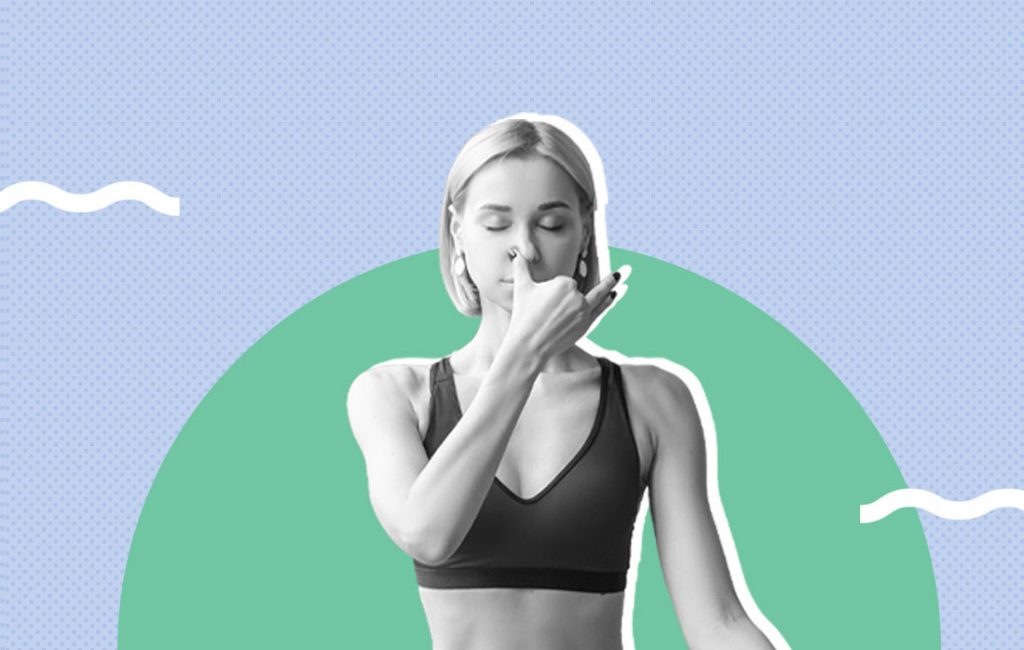
We all know we should do it. Many of us know the extensive benefits, from cardiovascular health to strong muscles and bones. But for those with Obstructive Sleep Apnea (OSA), exercise is more than just a lifestyle change — it’s a significant aspect of a holistic treatment plan.
A recent study has found that exercise, specifically resistance and aerobic training, is beneficial in the treatment of those with OSA – even those currently using a CPAP. (1) The study found that of the 526 patients observed, exercise reduced the apnea-hypopnea index (AHI) and improved peak oxygen consumption. The study also revealed that adding resistance training to exercise further lowered AHI and improved oxygen. Additionally, the results were consistent no matter what the patient’s BMI was. That means that exercise is universally helpful to most OSA patients, even if they were starting treatment significantly overweight, or not.
This research adds to a growing body of studies that help patients and doctors understand the full implications and treatments for OSA. A 2023 study found that high-intensity interval training (HIIT) improved the severity of obstructive sleep apnea (OSA). (2) A 2022 study found that resistance training improved the apnea-hypopnea index for patients with OSA currently going through cardiac rehab. (3) All that is to say, those with OSA can benefit both from getting their heart rate up and also from strength training with weights, with doctor approval of course.
But for some with OSA, it isn’t as easy as just hitting the gym and then getting better. OSA treatment plans rely heavily on interventions such as CPAP machines during sleep, though some use mandibular devices to project the jaw forward a bit, and others are able to use surgery to improve. However, with each of these, doctors are likely to recommend lifestyle changes from great sleep hygiene to weight loss measures, when applicable.
Childhood obesity is also a growing problem contributing to teens and then adults with higher rates of OSA. It can also be a major warning sign for developing OSA later on in life. Kids can also develop OSA, with common culprits like narrow jaws and high palates at play, or small mouth, large tonsils, a large tongue, tongue and lip ties, and other risk factors. Sometimes, experts say that children with OSA are misdiagnosed with having ADHD.
Luckily, people of all ages can increase their daily movement simply by adding in short walks throughout the day. Kids can also engage in more outside play, after-school sports or activities that involve movement, and family activities such as bike rides or hikes.
In addition to potentially improving OSA symptoms, exercise has benefits for mental health as well, such as reducing daily stress and anxiety, and even helping your mind shut off at night to get high-quality sleep.
Sources
1. Chien-Fu Lin, MD, Nien-Hsuan Ho, MD, Wen-Ling Hsu, MSc, Che-Hsuan Lin, MD, PhD, Yuan-Hung Wang, PhD, Ying-Piao Wang, MD, PhD; “Effects of aerobic exercise and resistance training on obstructive sleep apnea: a systematic review and meta-analysis,” Journal of Clinical Sleep Medicine; https://jcsm.aasm.org/doi/abs/10.5664/jcsm.11310; August 16, 2024.
2. Ozeas Lins-Filho, Antonio H. Germano-Soares, José Lucas P. Aguiar, José Ricardo V. de Almedia, Elton C. Felinto, Maria J. Lyra, Danielle B. Leite, Marcos André S. Moura, Christopher E. Kline, Rodrigo P. Pedrosa, “Effect of high-intensity interval training on obstructive sleep apnea severity: A randomized controlled trial,” Sleep Medicine, Volume 112, 2023, Pages 316-321, ISSN 1389-9457.
3. Labeix Pierre, Berger Mathieu, Zellag Amandine, Garcin Arnauld, Barthelemy Jean-Claude, Roche Frederic, Hupin David; “Resistance Training of Inspiratory Muscles After Coronary Artery Disease May Improve Obstructive Sleep Apnea in Outpatient Cardiac Rehabilitation,” RICAOS Study; Frontiers in Physiology; Vol. 132022; https://www.frontiersin.org/journals/physiology/articles/10.3389/fphys.2022.846532; DOI 10.3389/fphys.2022.846532; ISSN: 1664-042X



























